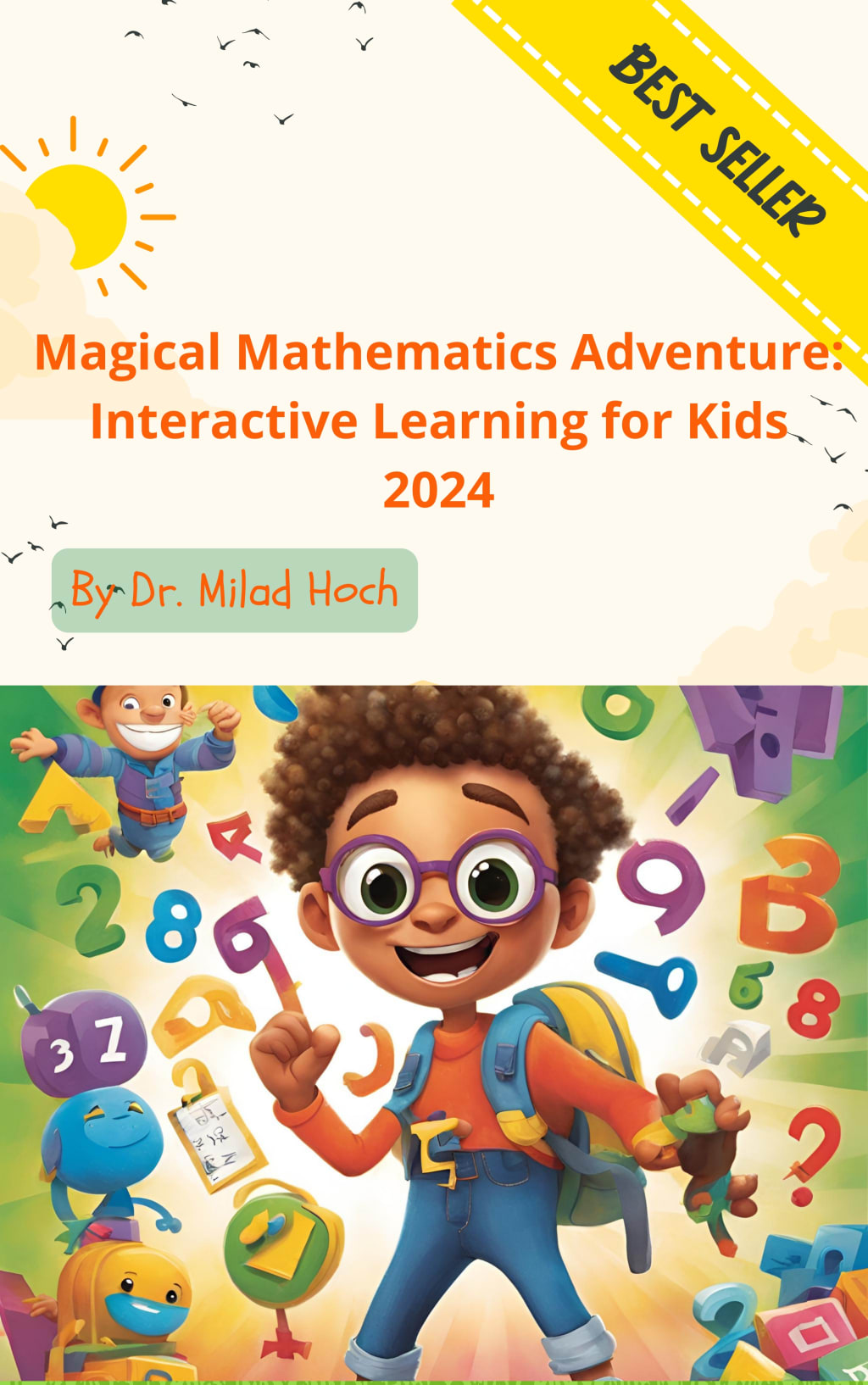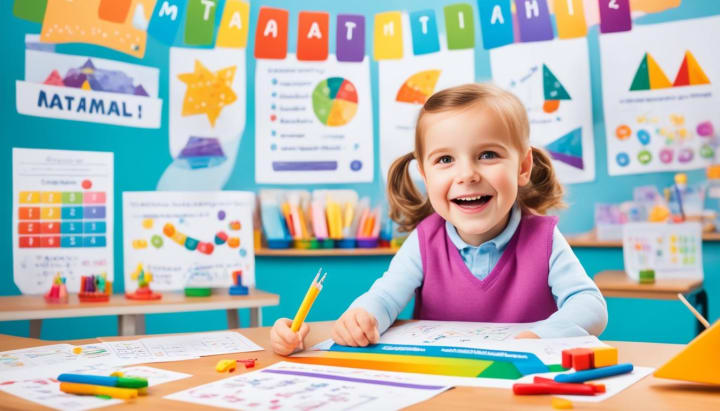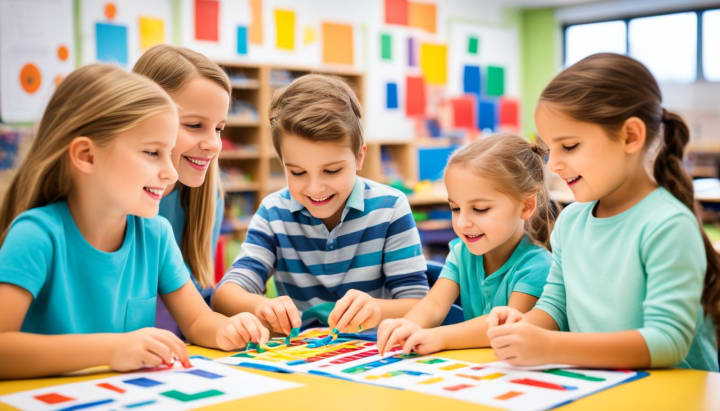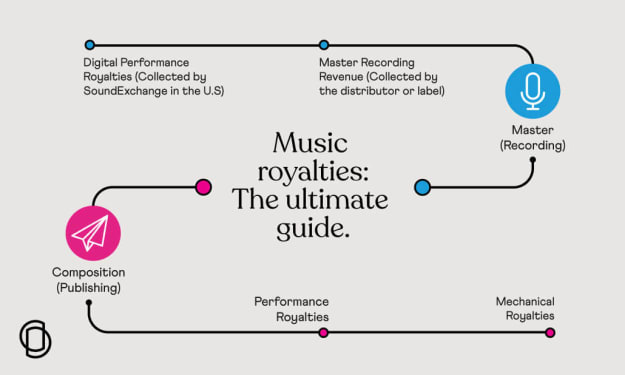Transform Math Learning for Kids in Simple Steps
Learning for Kids in Simple Steps

There are challenges in parenting and teaching, particularly in helping children find math enjoyable and simple. Many people struggle with math, which can make kids anxious and depressed. However, by altering our approaches and utilizing effective techniques, we can make math easier to understand. We have the power to cultivate a lifelong love of numbers.
This article provides steps to improve your child’s arithmetic journey. It offers easy-to-follow, effective advice. We will transition from traditional teaching methods to engaging and enjoyable ones. These adjustments will make learning more personalized and enjoyable for your child.

Key Takeaways
Change the emphasis of math instruction from memorizing answers to encouraging mathematical reasoning and thinking.
Give up on the conventional method of instruction and support kids in coming up with original solutions to issues.
Employ narratives and stories to help students grasp mathematical ideas more deeply.
Put quality over quantity and stress in-depth knowledge over extensive coverage.
To help kids see math as a normal part of their life, incorporate it into everyday activities and routines.
Recognize the Value of Mathematical Reasoning
According to the article’s opening statement, math education needs to change. Our goal should be to develop mathematical reasoning and thinking rather than merely searching for the correct answers. Author and seasoned homeschooler Denise Gaskins highlights a widespread misconception: for many, finding the right answer is the primary objective of math. However, focusing solely on this can demotivate kids and give them the impression that math is not their strong suit. She contends that it is important to prioritize how kids approach math. Correct answers will emerge organically when they have a deeper understanding of the concepts if we encourage deeper thought.
Unlock the best children’s math book of 2024 and transform your child’s learning experience! Get your copy now and watch them fall in love with math!
Give Up on Getting the Perfect Answers
Many times, people assume that learning arithmetic is only about obtaining the correct answers. As a result, students who don’t score perfectly may become self-conscious about their arithmetic abilities. Gaskins offers an alternative strategy. According to her, we should focus more on how students approach and solve mathematical problems. This shift can enhance children’s confidence and their perceptions of math.
Encourage Reasoning and Critical Thinking
Prioritizing mathematical thinking helps children develop critical thinking and reasoning abilities. They learn to experiment with various approaches, think independently, and devise original solutions to problems. This is considerably superior to simply memorizing formulas and steps.
Make mathematical reasoning your main priority
Gaskins emphasizes that the correct answers will emerge on their own when we prioritize thinking. Kids who value the process more than the solution will come to terms with arithmetic. They'll be better equipped to succeed in STEM and other fields in the future.
Give Up on the Conventional Method of Instruction
This essay offers a fresh approach to teaching children for parents and educators. Rather than providing pre-packaged solutions, kids should solve challenges on their own. Expert Denise Gaskins claims that children’s brains are different from computers’. When faced with numerical obstacles, they must think critically and apply creativity.
Instead of providing instructions, pose questions
Rather than merely teaching children problem-solving techniques, adults should pose questions and present problems for children to solve on their own. This encourages kids to try several approaches to solving problems. As a result, they develop a deeper understanding of math concepts and improve their problem-solving skills.
Encourage Resourcefulness and Creative Thinking
When kids figure things out independently, they become more creative and resourceful. This approach is more enjoyable for them and helps them think critically and solve problems. These skills are important for success in both school and future careers.
Use Stories to Build Understanding Storytelling is key for young ones to get math.
Storytelling is key for young children to grasp math concepts. Denise Gaskins says stories make math real by allowing kids to see how numbers work in the real world.
Turn Calculations into Relatable Experiences
Adults can use stories to teach math to kids. By incorporating math into fun tales, children understand concepts better and remember the lessons for a long time.
Encourage older children to Write Tales
We urge older children to create their own math stories. This concept pushes them to truly comprehend mathematical ideas and makes math more interesting for them. Using creativity to tell stories makes abstract numbers more engaging, helping children learn and appreciate arithmetic much more.
Unlock the best children’s math book of 2024 and transform your child’s learning experience! Get your copy now and watch them fall in love with math!
Put Quality Above Quantity
Math quality, not quantity, should be the primary concern of both parents and educators. Experienced homeschooling parent and author Denise Gaskins believes that deep learning is preferable to broad learning. For kids, working through a few complex arithmetic problems is more beneficial than speeding through many of them. The goal is to get children interested in math, not just to get through a large number of problems quickly.
Think of textbooks as Adaptable Instruments
Treat textbooks as a guide, not as a destination. Adults can adapt math lessons to meet the specific needs of their children, adding a personal and enjoyable element to arithmetic instruction.
Promote More In-Depth Thought with Fewer Issues
Loading children with too many arithmetic problems isn’t the solution. Instead, focus on getting them to think deeply. They achieve deeper comprehension and proficiency by examining fewer problems. The key to making math more engaging and applicable is quality.
Include Math in Your Everyday Activities
Incorporating arithmetic into children’s daily routines can be enjoyable and natural. For example, they can count the links in a paper chain or the candles on a cake at snack time.
Snack Time: Sharing and Counting
Kids can count the goodies on their plates while they snack. Say things like, "I want all the pretzels but none of the raisins," or "Mine is taller." This naturally leads to teaching about sizing, sharing, and comparing.
Time for tidying up after sorting and categorizing
Organizing can also teach math. Have children put things where they belong, which helps them learn about orders and sizes. For instance, they can learn about arranging by dimension by sorting pots according to size.
Using math in everyday chores makes it relevant and useful for children. Try sharing cookies, asking how much an apple weighs, counting steps together, or gathering pennies. These small tasks contribute significantly to their mathematical knowledge.

Make the Most of Play
Encouraging children to enjoy arithmetic requires play. Teachers can make learning dynamic and effective by leveraging children's innate curiosity. This article explores the use of play to improve mathematical comprehension.
Learning Through Games
Creating games out of arithmetic instruction is known as game-based learning. Children play while learning math, which enhances their enjoyment of the subject and helps them become better problem solvers.
Tools and Interactive Exercises
Math is best learned by using real items. Kids find it easier to learn when they can see and touch arithmetic concepts. By applying arithmetic to real-world situations, they learn by doing.
Unlock the best children’s math book of 2024 and transform your child’s learning experience! Get your copy now and watch them fall in love with math!
Using Math to Tell Stories
Learning becomes more meaningful when math stories are told. When arithmetic is presented as a narrative, children learn it more easily. They get to express their creativity and learn how to justify their mathematical reasoning.
Teachers can make arithmetic interesting by incorporating games, real objects, and stories. These strategies also support additional skills such as critical thinking and communication, enhancing students' overall success in learning.
Adapt Activities to Stages of Development
It's crucial to tailor math activities to a child's level and age. To do this, identify their areas of interest. By doing so, we make learning more engaging and comprehensive.
Toddler Math: Including Two-Year-Olds
It all boils down to a two-year-old’s innate curiosity. We teach children arithmetic in engaging and practical ways. Learning about numbers and shapes can be made interesting and engaging through activities like pretend play, basic measuring, and shape recognition. Playing with blocks or other tactile and sensory activities is highly beneficial, as they use tangible, real-world objects to simplify mathematics.
Preschool Mathematics: Foundational Ideas for Children Ages 3 and Up
As children reach the age of three and beyond, we introduce increasingly complex activities. This includes sorting objects based on various characteristics, solving simple math problems, and more. These exercises help them develop fundamental math skills, enhance their ability to categorize, and recognize the practical applications of math in everyday life.
Currently, games are an excellent tool. They make counting and sorting more enjoyable, while storytelling with numbers also contributes to children’s understanding of arithmetic.
Adapting arithmetic instruction to a child’s developmental stage promotes sustained engagement and lays a solid foundation in math for the future.

Change Math Education for Children in Easy Steps
This article demonstrates how youngsters can learn arithmetic words more easily when they are used in enjoyable contexts. Math becomes less intimidating when we use words like "taller" or "shorter" during playtime.
Using Language as a Tool to Understand Concepts
It also discusses the use of words in casual conversations and storytelling, helping kids grasp numbers better and giving math a more realistic feel.
Unlock the best children’s math book of 2024 and transform your child’s learning experience! Get your copy now and watch them fall in love with math!
Conclusion
As we conclude our mission to reimagine math education for children, teachers and parents can utilize the ideas provided in this guide to make math more engaging. We advocate for arithmetic reasoning and thinking over simply seeking correct answers.
This approach diverges from traditional teaching techniques, emphasizing creativity and problem-solving skills. By incorporating play, storytelling, and a language-rich environment, we aim to spark curiosity and reshape children’s perceptions of arithmetic, making it enjoyable and accessible.
Throughout this post, we’ve offered several helpful tips, including integrating arithmetic into everyday activities and providing activities suitable for various learning levels. We also advocate for engaging and enjoyable learning experiences, helping children develop the skills necessary for success in STEM fields (Science, Technology, Engineering, and Mathematics).
Appreciating math goes beyond finding the right answers; it’s about reasoning and thought. Let’s encourage children to explore and experiment in the world of mathematics, laying the foundation for their future success in STEM and nurturing a lifelong passion for arithmetic.
FAQ
What is the primary goal of math education?
The main goal of math education is to build thinking and reasoning skills. This is more important than just getting the right answers. By changing focus, students can enjoy and succeed in math more.
How can parents and educators ditch the traditional teaching approach?
To move away from step-by-step teaching, adults can set up problems for kids. They should let children find different ways to solve them. This method makes children think deeply and improves their problem-solving skills.
Unlock the best children’s math book of 2024 and transform your child’s learning experience! Get your copy now and watch them fall in love with math!
How can stories be used to build mathematical understanding?
Stories make math clearer by showing it in a real-world context. They help kids see what the numbers and symbols mean. This is especially useful for young students.
Why is it important to prioritize quality over quantity in math lessons?
It’s better if kids work on a few problems deeply, explaining step by step. This is more valuable than just finishing many math exercises without understanding them. The idea is to make children really think about math.
How can math be integrated into children’s daily routines and activities?
Math can be part of daily routines. For example, during snack time, kids can count and share. During clean-up, they can sort and categorize things. This shows them how math is used in everyday life.
How can the power of play be leveraged to make math learning engaging and effective?
Playing games and using hands-on activities are great for learning math. They make lessons fun and interactive. This way, children can understand math concepts better through stories and physical objects.
How should math activities be tailored to different developmental stages?
Toddlers and preschoolers should have age-appropriate math activities. These include developing number sense, counting, recognizing shapes, and learning basic math operations. Playful and fun methods are key at this stage.
How can the use of mathematical language in playful contexts help children build a strong foundation in the subject?
Using math words in play, stories, and discussions can make math more relatable. It shows children the real-life use of math and helps remove the fear of abstract math concepts. This way, math becomes something they can easily understand.
Unlock the best children’s math book of 2024 and transform your child’s learning experience! Get your copy now and watch them fall in love with math!
About the Creator
sondos azhari
Passionate about health and beauty products, I delve into wellness practices and skincare routines. With a focus on holistic living.My aim is to empower others to prioritize self-care and make informed choices for their well-being.
Enjoyed the story? Support the Creator.
Subscribe for free to receive all their stories in your feed. You could also pledge your support or give them a one-off tip, letting them know you appreciate their work.






Comments
There are no comments for this story
Be the first to respond and start the conversation.